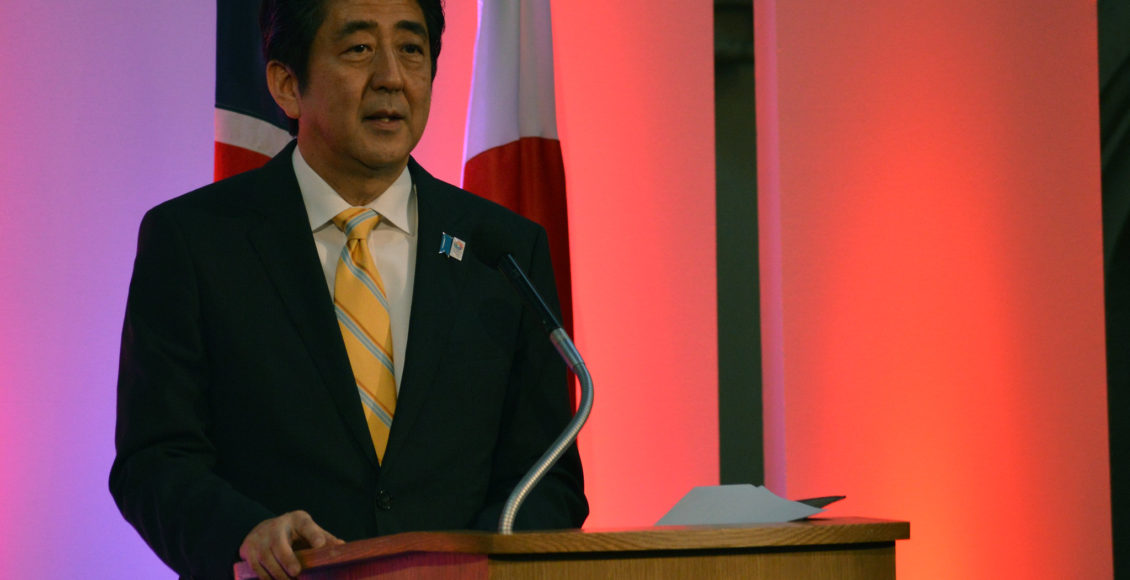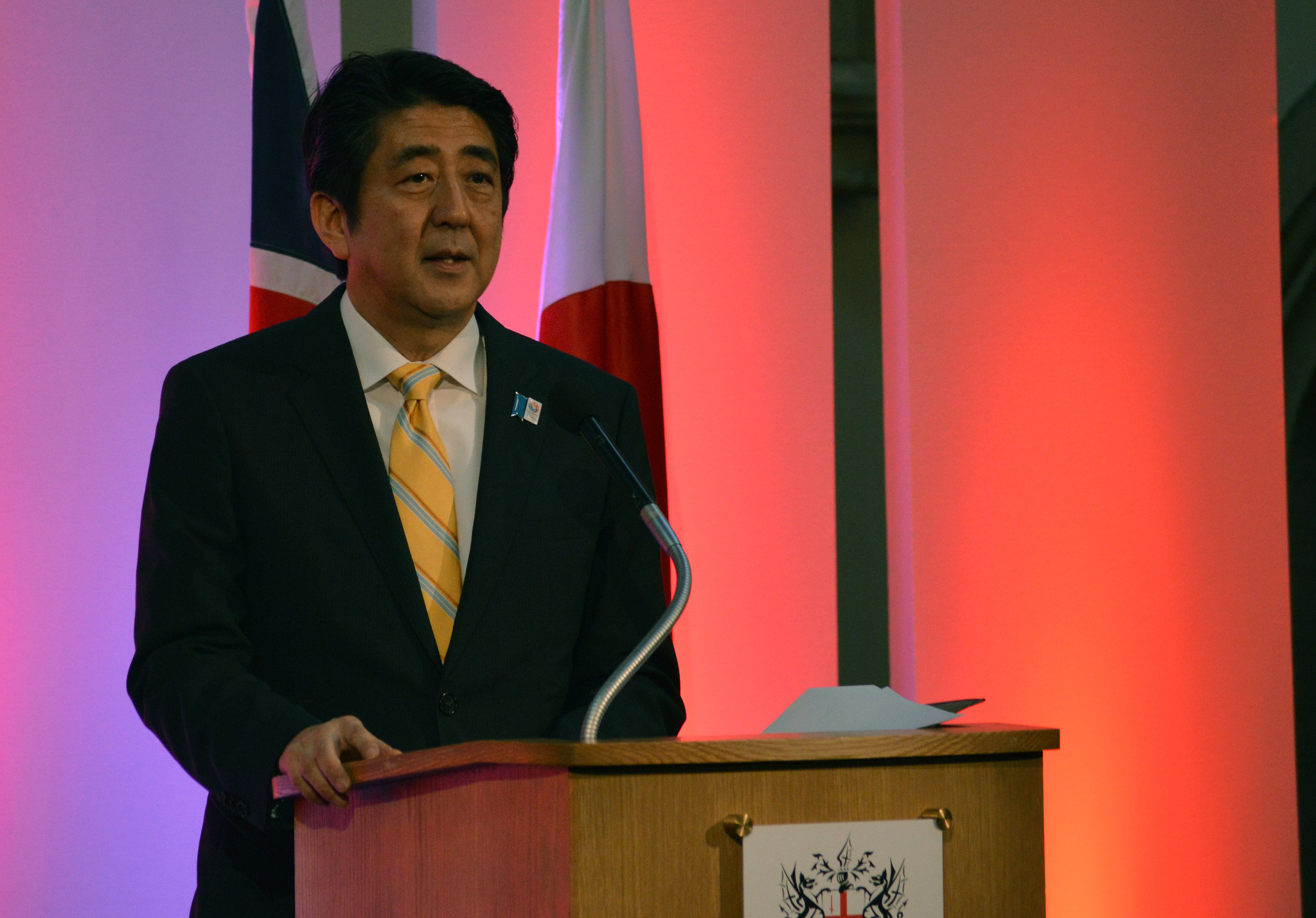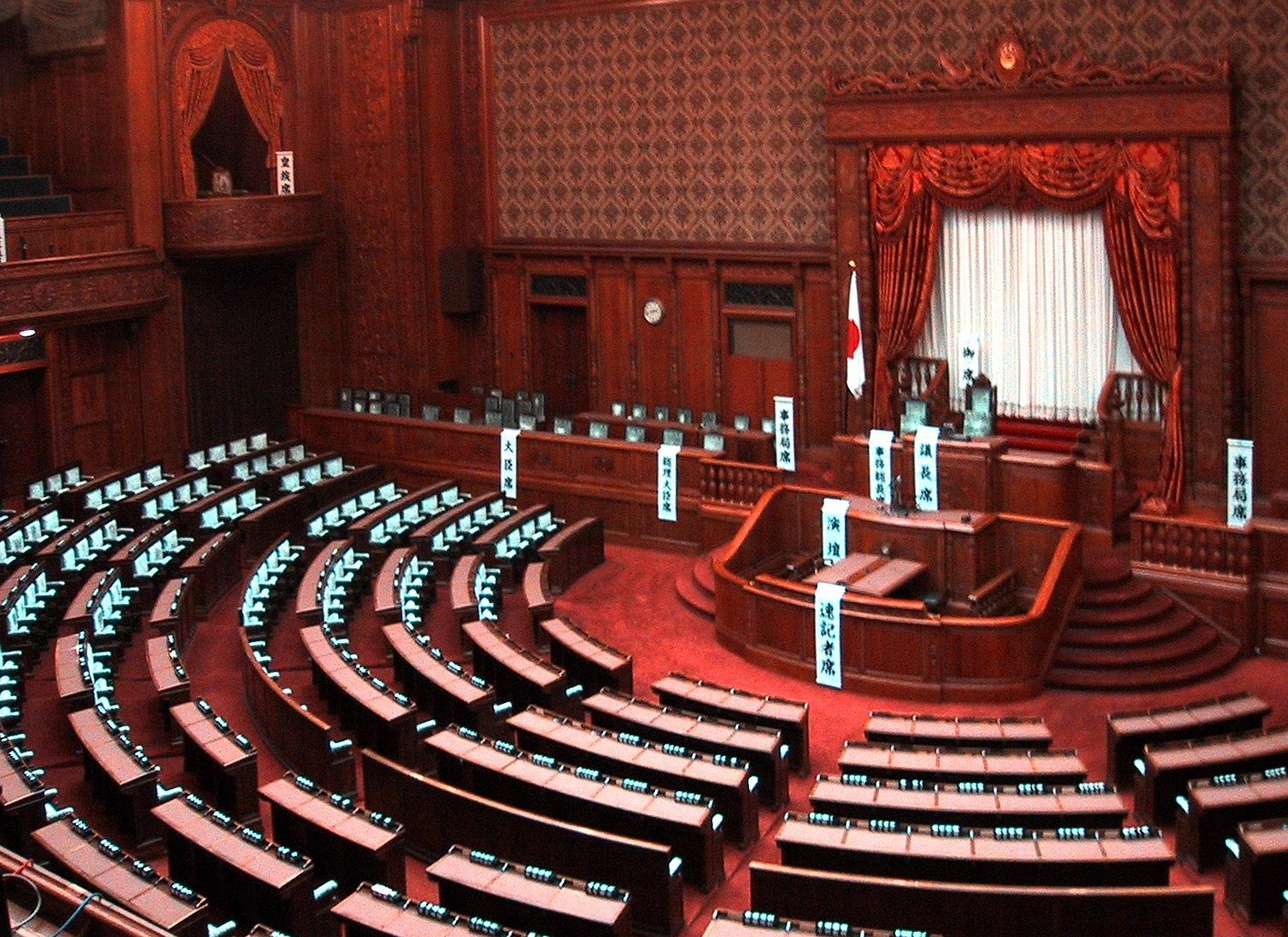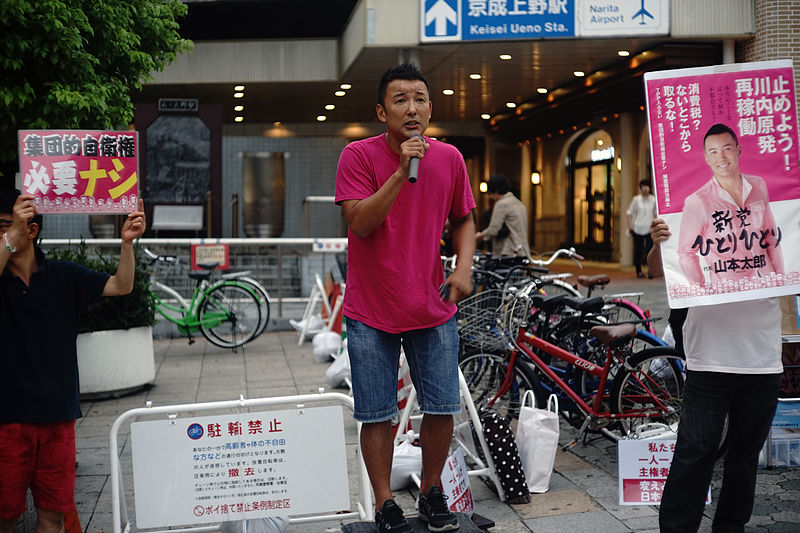7 winners and losers from a deeply ambiguous Japanese election

On May 1st, a new Emperor of Japan ascended to the throne, marking an end to the thirty-year-long Heisei era and the beginning of the Reiwa era. This of course provided an occasion for a tidal wave of nostalgia (imagine end-of-year retrospectives on TV, but multiplied by thirty) – polls showed that the public remained deeply ambivalent about the era that just passed, marked by consistent peace and stability on one hand, and stagnation and natural disaster on the other.
The previous imperial changeover – upon the death of the Shōwa Emperor in January 1989 – happened to be accompanied by shocks in other sectors of society. The very next year, the “bubble economy” crashed, marking an end to decades of rapid economic expansion and ushering in the two “lost decades” of deflation. The same time, the previously unbeatable Liberal Democratic Party (LDP) lost the Senate and then the House, setting off a new era of political competition. For these reasons and others, the Shōwa and Heisei eras are very cleanly divided in the Japanese imagination, as are the generations born into them. And because of this, the nation watches the current era change with some level of anticipation.
An election to half of the members of Parliament’s upper house was held on July 21; it was the fifth national election faced by Shinzō Abe’s government since it took office in late 2012. If this much-hyped “first election of the Reiwa era” was supposed to provide some indication of a shift in national direction or consciousness, it proved underwhelming. Abe’s LDP won, and the ever-fractured opposition lost – so far marking full continuity with the recent past. Yet the election campaign also saw enough seeds planted that might, with time, sprout in new and unexpected directions.
1. Winner (sort of): Shinzō Abe
The LDP of Prime Minister Shinzō Abe, together with his coalition partner the Kōmeitō (a lay Buddhist party), won 71 of the 124 seats up for election, an absolute majority. This represents a nine-seat loss for the LDP and a six-seat loss for the coalition. Abe’s term in office is set to expire in September 2021, and this election guarantees that he will have full control of the political agenda for the rest of his tenure.
While winning a majority is obviously a generally positive result, enthusiasm within the LDP is likely to be tempered for two reasons. First, poll after poll shows Abe winning more due to a lack of alternatives than any enthusiasm toward him in particular, and election results confirm this trend: in 2009, an election the LDP lost, it won 18.8 million party votes and its candidates won 27.3 million district votes. Abe, who has contested six national elections, has surpassed the former figure only once (the Senate ballot three years ago) and the latter figure never; he owes his victories to a precipitous fall in voter turnout and a fragmented opposition. In this election, the LDP once again fell short of both benchmarks.

2. Winner: the current Article 9
More strikingly, the coalition’s loss of seats means that there is (probably) no longer the required supermajority to initiate an amendment to the Japanese constitution. To change the constitution – something that has never been done since the document’s adoption in 1947 – is the unrealized goal of the LDP since its founding, and Abe’s cherished legacy project. The LDP in particular is interested in revising Article 9, which prohibits the country from having any sort of standing army. Abe’s proposed amendment appends a section that formally allows for the Self-Defence Forces, which currently exists in a legal grey zone: the Forces have been allowed by the Supreme Court out of practical necessity, even as they clearly violate both the letter and spirit of Article 9.
The fact that pro-revision parties no longer control two-thirds of the Senate, then, is significant. However, this too must be nuanced: after the election, the leader of a moderate party stated a willingness to discuss revision; adding that party’s seats would bring the total of pro-revision Senators back above two-thirds. At the moment, then, the future of constitutional revision seems muddled.
On the whole, despite these caveats, one would much rather be Abe than anybody else in Japanese politics right now.
3. Loser (sort of): Liberals
The liberal Constitutional Democratic Party (CDP) was formed amidst the last general election campaign and immediately became a sensation, overtaking a higher-profile party led by the Governor of Tokyo to come in second, forming Official Opposition. Then, it took 19.9% of the party vote; this time, it fell to 15.8%. As a party seeking to form government, it wants to close the gap with the LDP; instead, it has fallen behind.
With that said, anybody casually reading a news article on this subject would get the impression that the CDP did quite well; as underwhelming as its performance was, its starting point was even lower. Nine of its seats were up for election, and it walked away with 17, one of whom is the country’s first-ever LGBT representative. It had only three incumbents in local seats, and its final tally was nine; in Japan, where loyalty to individual candidates is very strong and there is thus a significant incumbency advantage, this is impressive. Further, it has significantly outpaced all of its competitors on the opposition side, with no other party topping 10%.
These are moral victories, though. The point of an opposition party is to win elections and keep the government on its toes. The CDP is not any closer to doing any of this.
4. Winner: Reformists
Back in 2012, following the chaos and indecision of the Democratic Party government, the then-governor of Osaka set up the reformist Ishin party, to appeal to voters disaffected by both the LDP and the Democrats. (Ishin makes reference to the Meiji Restoration – the Meiji-ishin – and, as a term, refers roughly to thorough, systemic reform.) Its central promise has been to slim down what it saw as a bloated and sclerotic central government; it takes the nationalist side in the country’s major ideological battles (like amending the Constitution or historical revisionism) but is also open to social-liberal policies like civil unions for same-sex couples and allowing women to keep their maiden names. If the liberal CDP seeks not just to replace Abe but also the social hierarchies he represents, Ishin mostly agrees with Abe on the large questions and seeks to replace his policy and personnel.
In the years since, the party had become less a candidate for national government and more the voice of the Osaka region in parliament. This changed with this Senate election: in Tokyo, the party recruited a young, ambitious former city councillor and close ally of the governor; in Kanagawa, just to the south, it ran a seasoned former governor and MP. In far-north Hokkaidō, regional heavyweight and ex-minister Muneo Suzuki ran for the party. All three were elected, expanding the party’s reach beyond its home region and establishing the party as the sole voice for conservatives skeptical of the LDP.

5. Loser: the NHK
Two new anti-system parties made headlines for entering Parliament for the first time. One was the “Party to Protect the People from the NHK”, referring to Japan’s national broadcaster. Its leader is Takeshi Tachibana, a YouTuber and disgruntled former NHK employee, and he gained notoriety during his Broadcast of Political Views (which every party is entitled to): he spent much of his truly wild broadcast decrying an incident of “adulterous car sex” between NHK announcers that the network covered up. (“It was adultery! It was car sex! On the street!” he took care to repeat more than once.) He lumped the NHK question with a broader attack of an elite political class and called for a “peasant uprising” against it; and he returned often to the party’s slogan, “smash the NHK!”, delivered each time with a grin and a pump of the fist.
On Sunday, about one million citizens voted for this populist party, enough to win a Senate seat. A populist-right party entering parliament seems concerning for obvious reasons, but this party seems more kooky than actually dangerous. Policy-wise, rather than actually seeking to “smash” the network, it seeks to make the NHK fee opt-outable; it doesn’t seem to have any broader anti-media ideology. Its success indicates a new level of exasperation with existing political vehicles.
6. Winner: Revolutionaries
On the left side of the political spectrum, the other big story of the election was the Reiwa Shinsengumi, set up by actor-turned-politician Tarō Yamamoto; although Yamamoto was its sole incumbent, it scored close to 5% of the party vote and won two seats, both won by candidates with severe disabilities. (Shinsengumi translates directly to “new electoral team”, though it rolls off the tongue much easier in Japanese, as it is a play on words on an episode from history.) Its central thesis is that Japanese society determines people’s self-worth by their productivity, that this is the cause of the country’s epidemic of depression and suicide, and that a new politics is necessary that defends the intrinsic value of every citizen.
It’s an appeal that certainly winks at anti-capitalism, though it does not use that language, and its policy proposals stay within the realm of taxing and spending: it proposes to abolish the sales tax altogether, and raise taxes on the wealthy and corporations. (There is also the laundry list of conventional left-wing policy: a higher minimum wage, student loan forgiveness, more social housing, etc.)
It’s certainly a radical and anti-system party, but they don’t seem to rely on the populist’s imagination of society as a pure people oppressed by a nefarious elite; however, Yamamoto’s characterization of a media that he claims did not provide adequate coverage borders on conspiratorial. Notably, the Shinsengumi raised $4 million through grassroots donations – a large sum in Japan – while 60% of their voters are under 50 (compare this to the Communists’ voter base, 60% of which is over 60).

7. Loser: Democratic participation
Voters, then, might have had more ideologically distinct options than before, but they didn’t seem to be enthused by it. Turnout fell to 48.8%, five points lower than the 2017 election and the second-lowest rate for any post-war election, surpassing only the 1995 election at 44.5%. The rate stood at roughly 30% for voters under 30: an abysmal number, though one roughly in keeping with past elections. The most obvious culprit is the weakness of the opposition: back in the 2000s, when there was genuine competition between the Democratic Party and LDP, voter turnout was ten points higher, but today, when the outcome is all but known in advance, citizens would rather stay home.
On the one hand, this is an institutional problem for which institutional solutions should be contemplated: many of the Senate’s seats are allocated using first-past-the-post, which (as Canadians know) results in many wasted votes and restricts options for voters. When a 1994 reform moved House elections from proportional representation to first-past-the-post, turnout fell precipitously, and particularly for younger generations; moving back to a system where fewer votes are wasted might help shift turnout back up. On the other hand, the case of 1995, when turnout dipped even lower than this year, is reassuring: that was another era where a weak opposition handed the LDP easy victories, but would eventually rally under a single banner and present a genuine alternative.
Conclusion: embrace the uncertainty
That particular period is reassuring in another away: in 2000, the still-new Democratic Party had a breakout year, scoring 25% of the party vote to take the Official Opposition spot. The next year, in a Senate election, it fell to 16%, but then two years after that, the party rocketed to 37%, a historically strong performance for a non-LDP party. Of course, the situation today is different is many ways, but it seems fair to conclude that the CDP’s disappointing performance this time does not sentence it to permanent mediocrity.
As a disengaged, indecisive electorate continues to figure out what it wants and whom it dares to trust, party politics in Japan will continue to mutate and transform, often in ways that will surprise us all.
